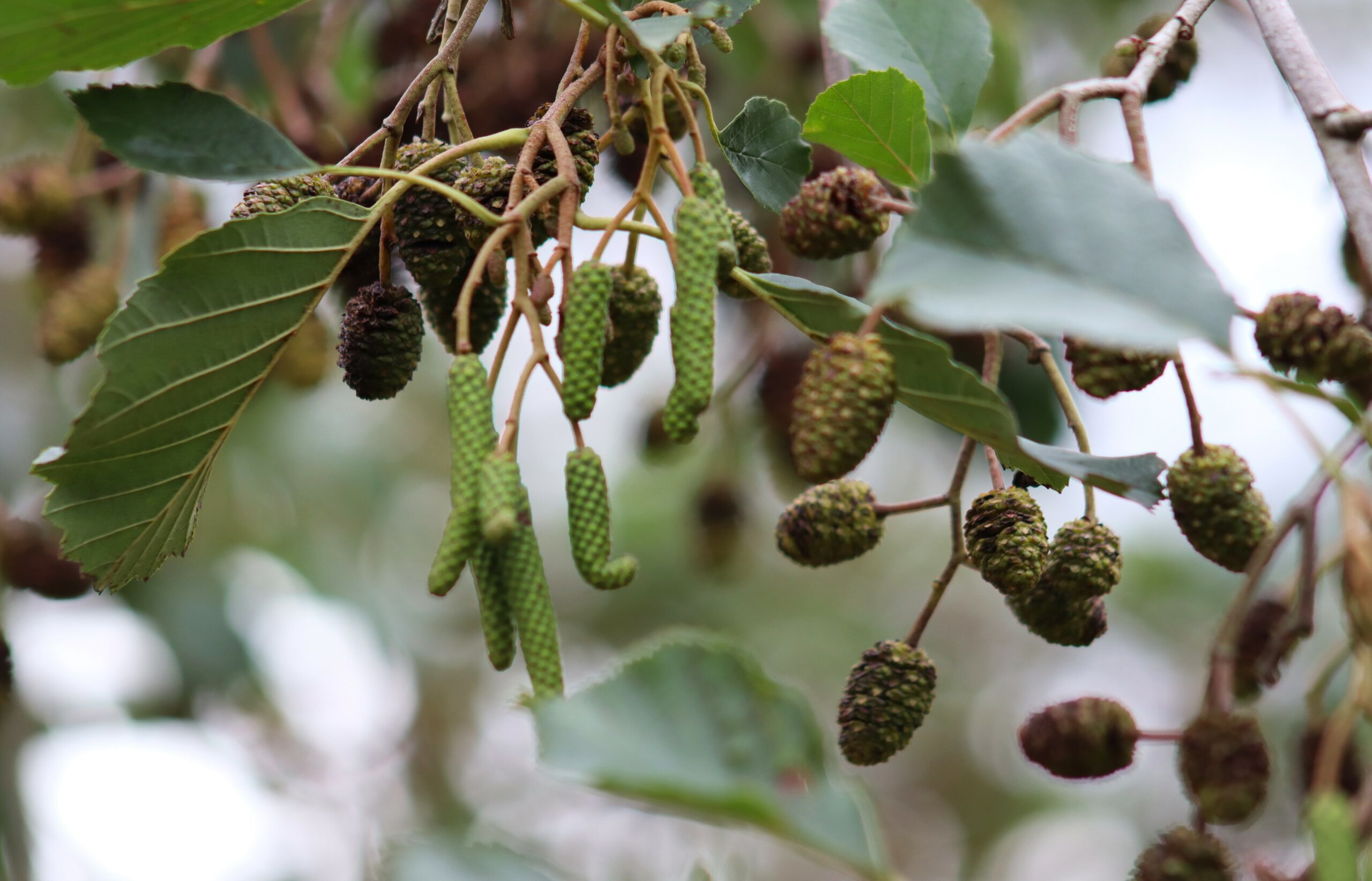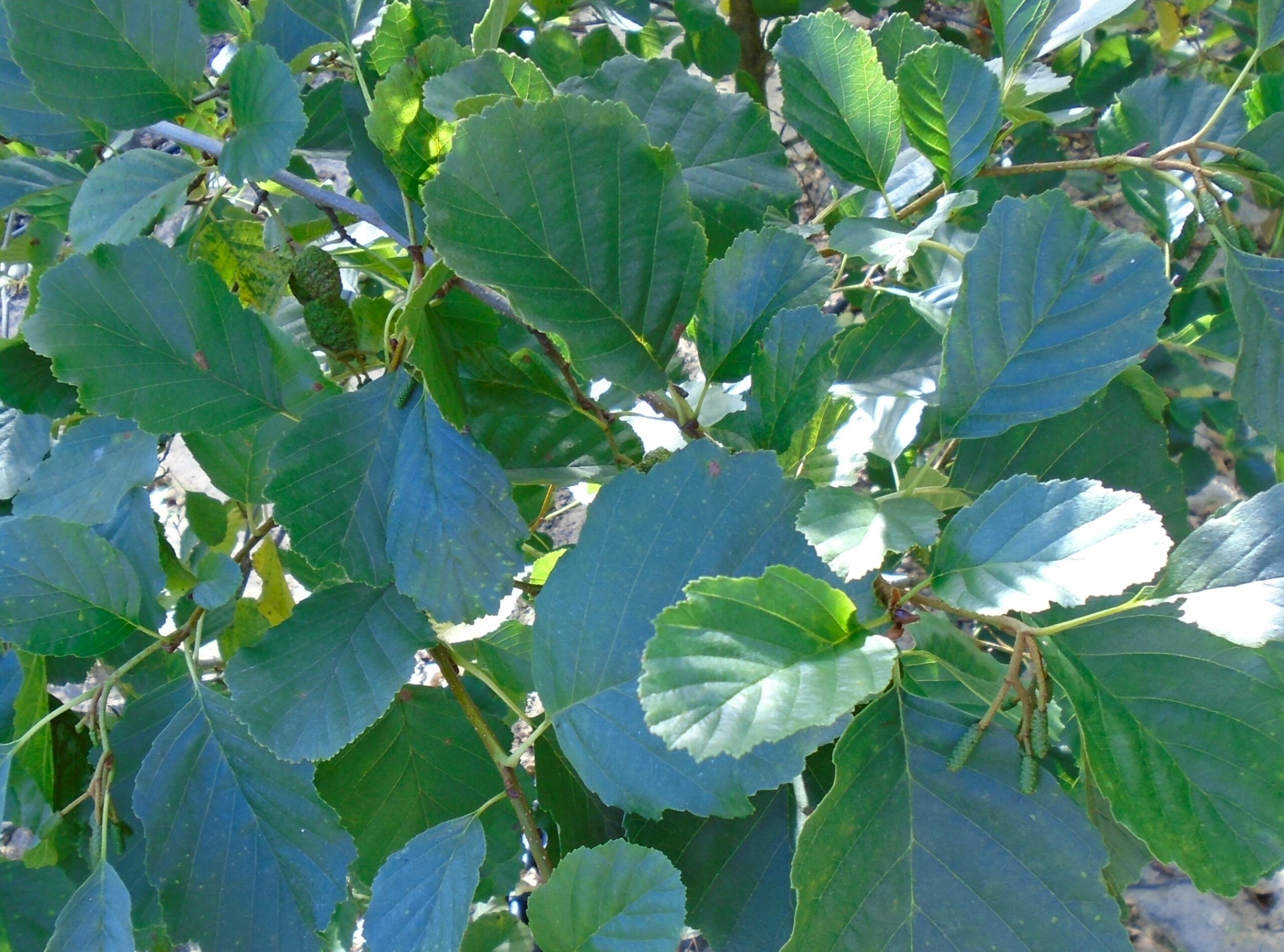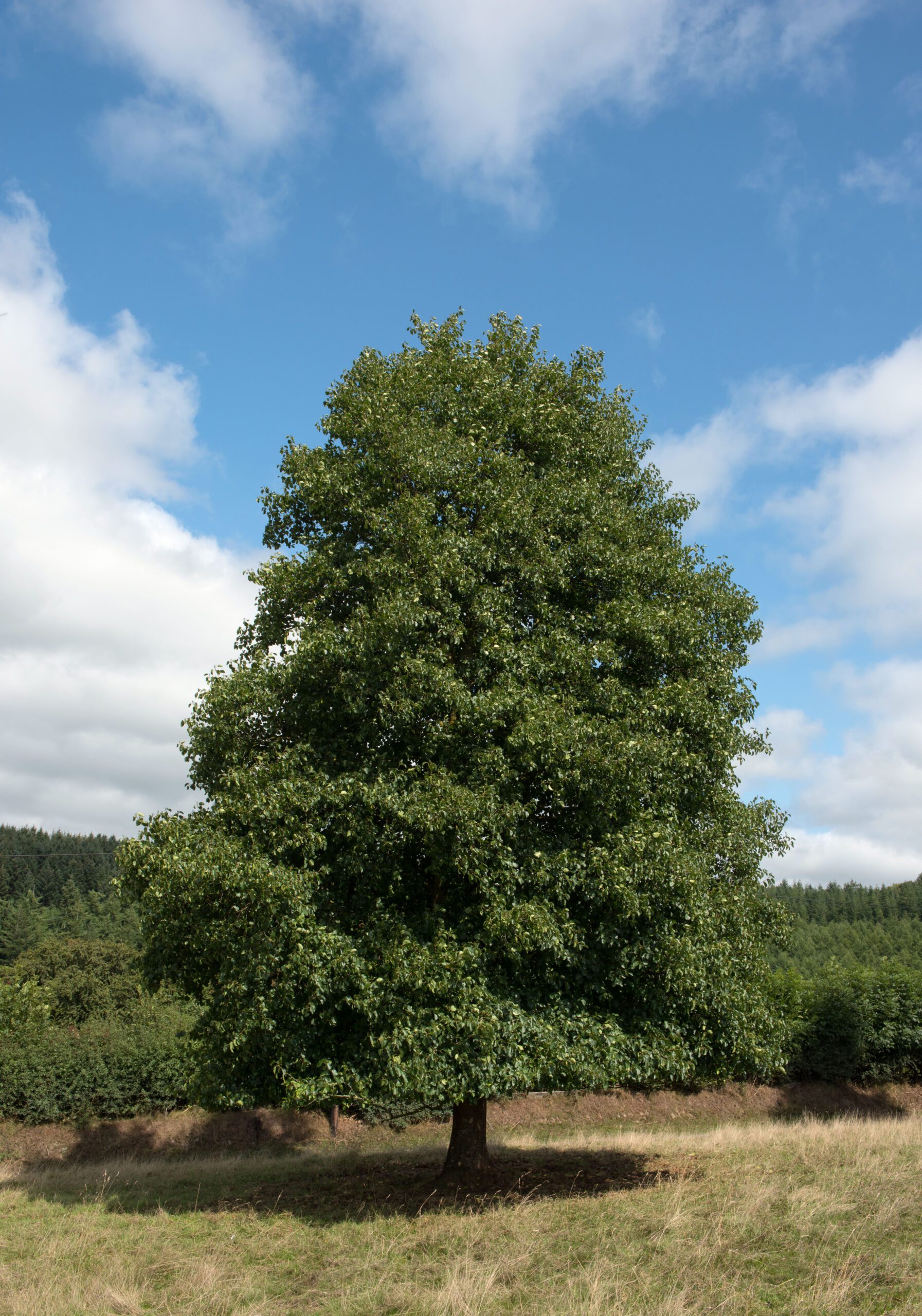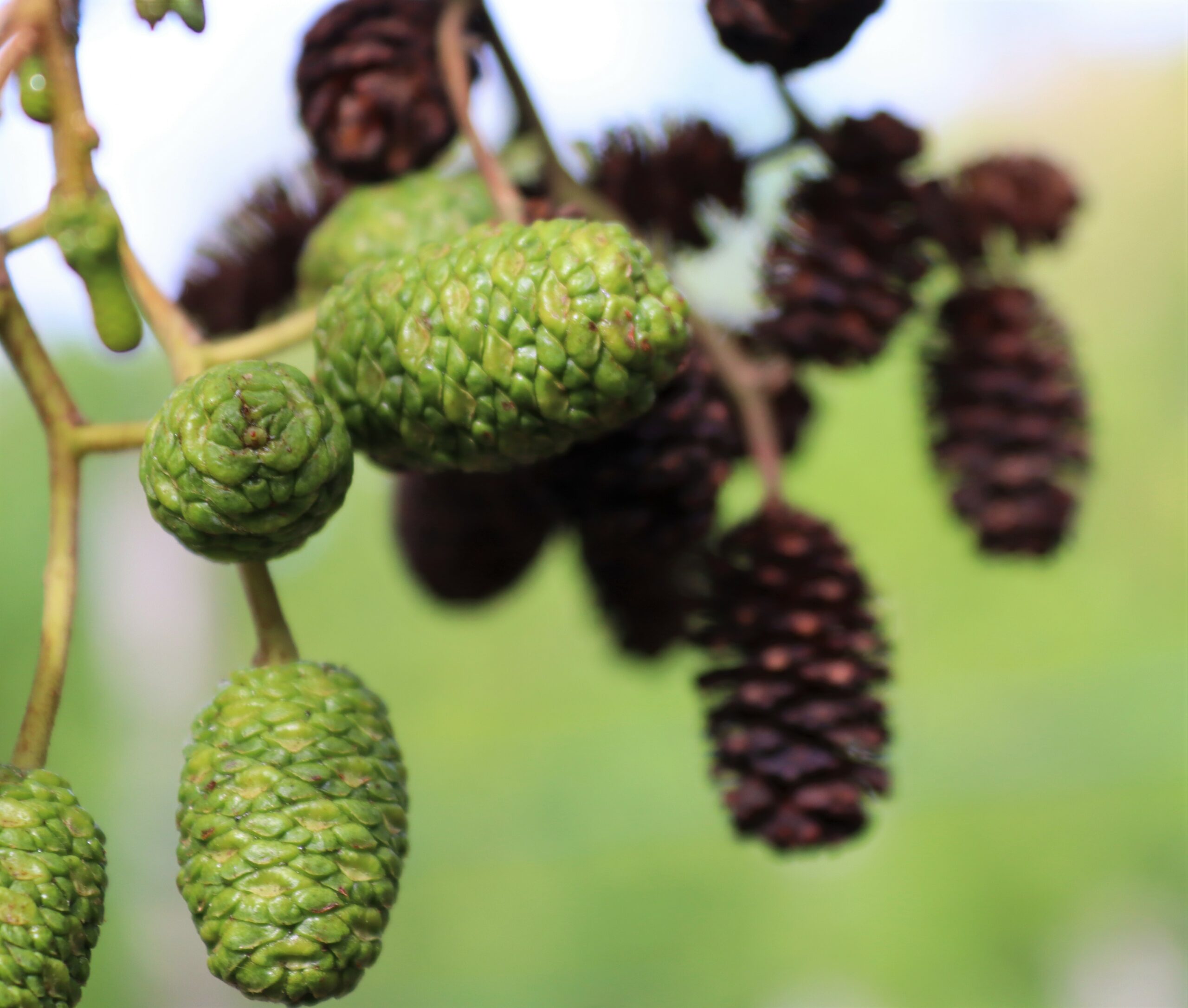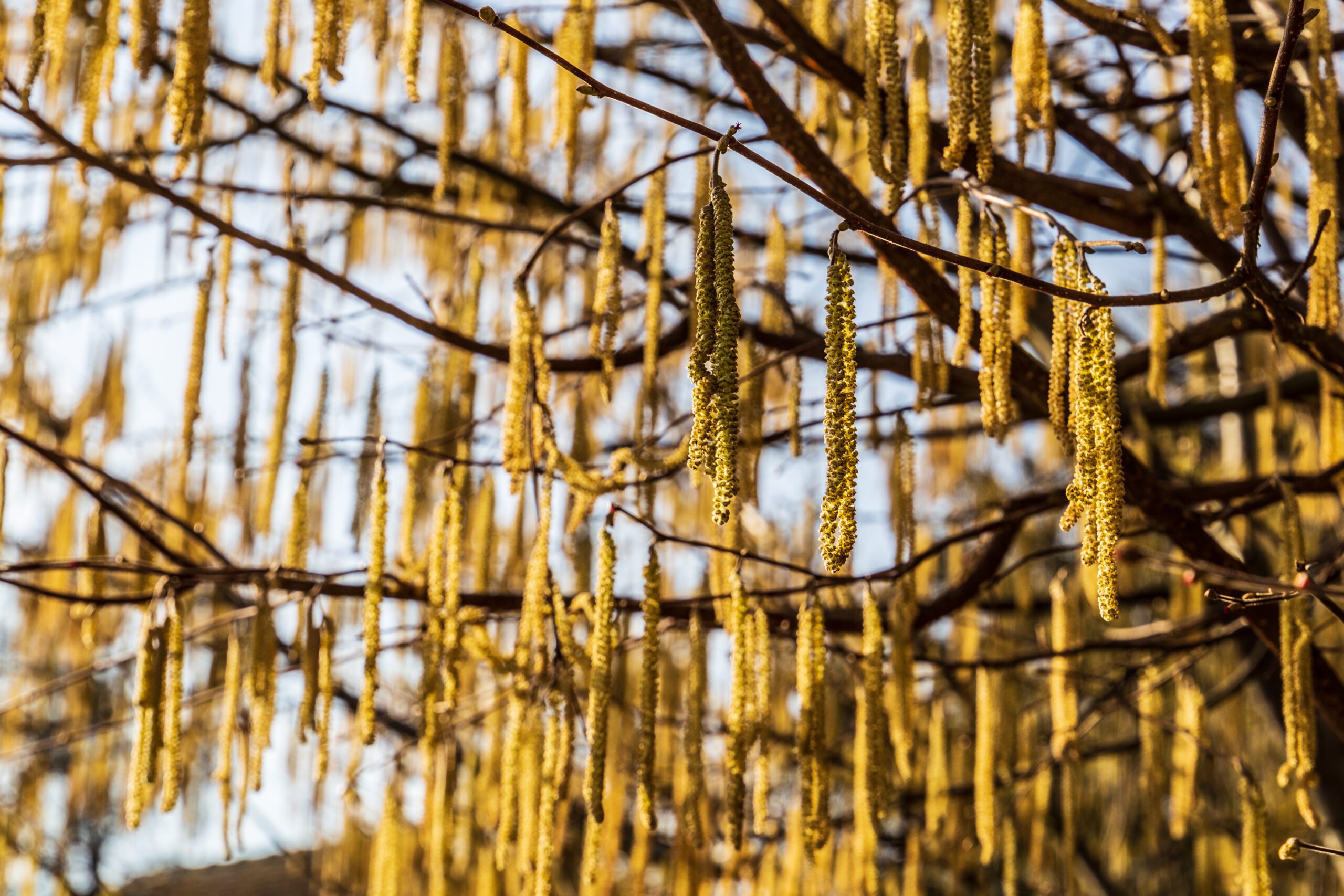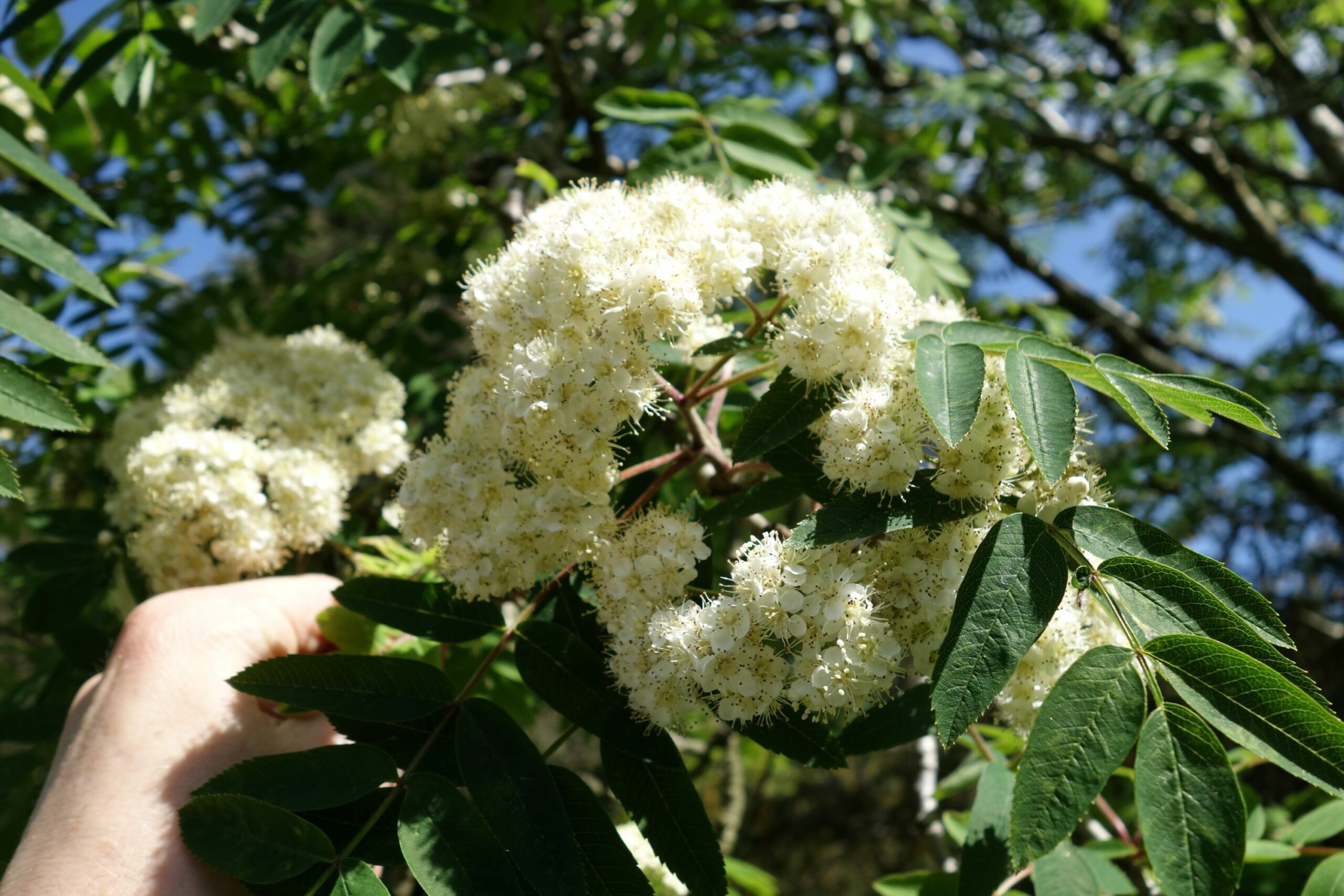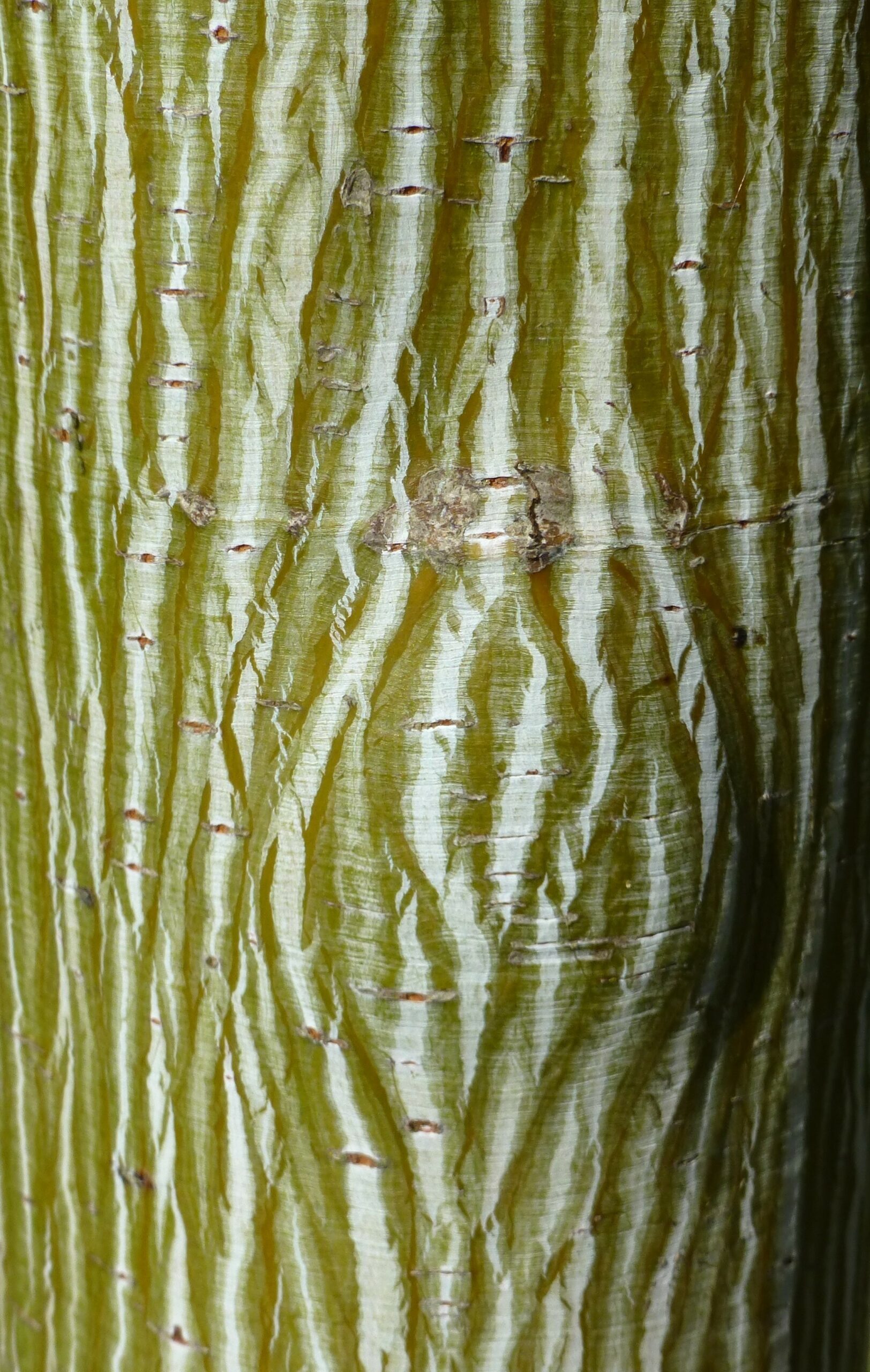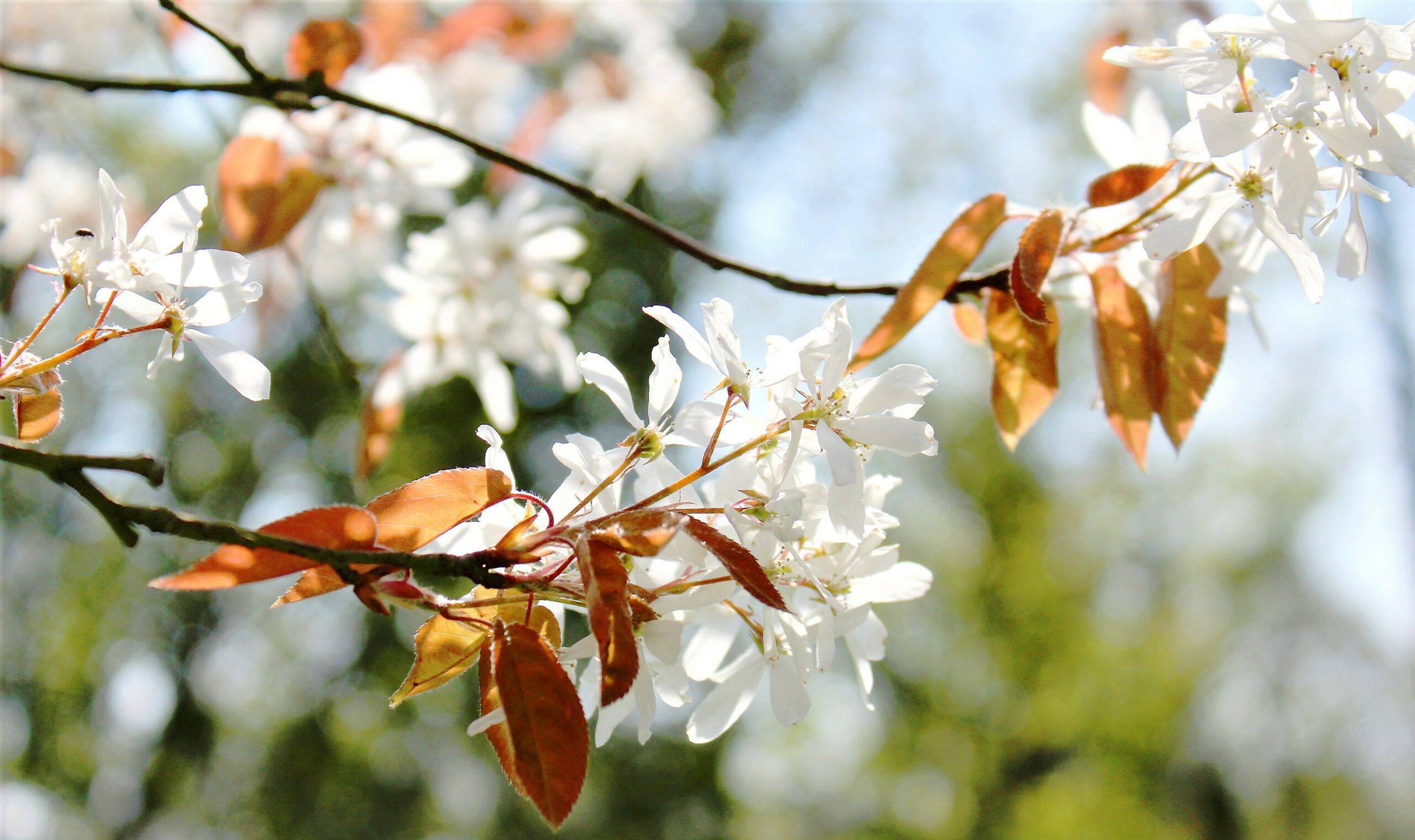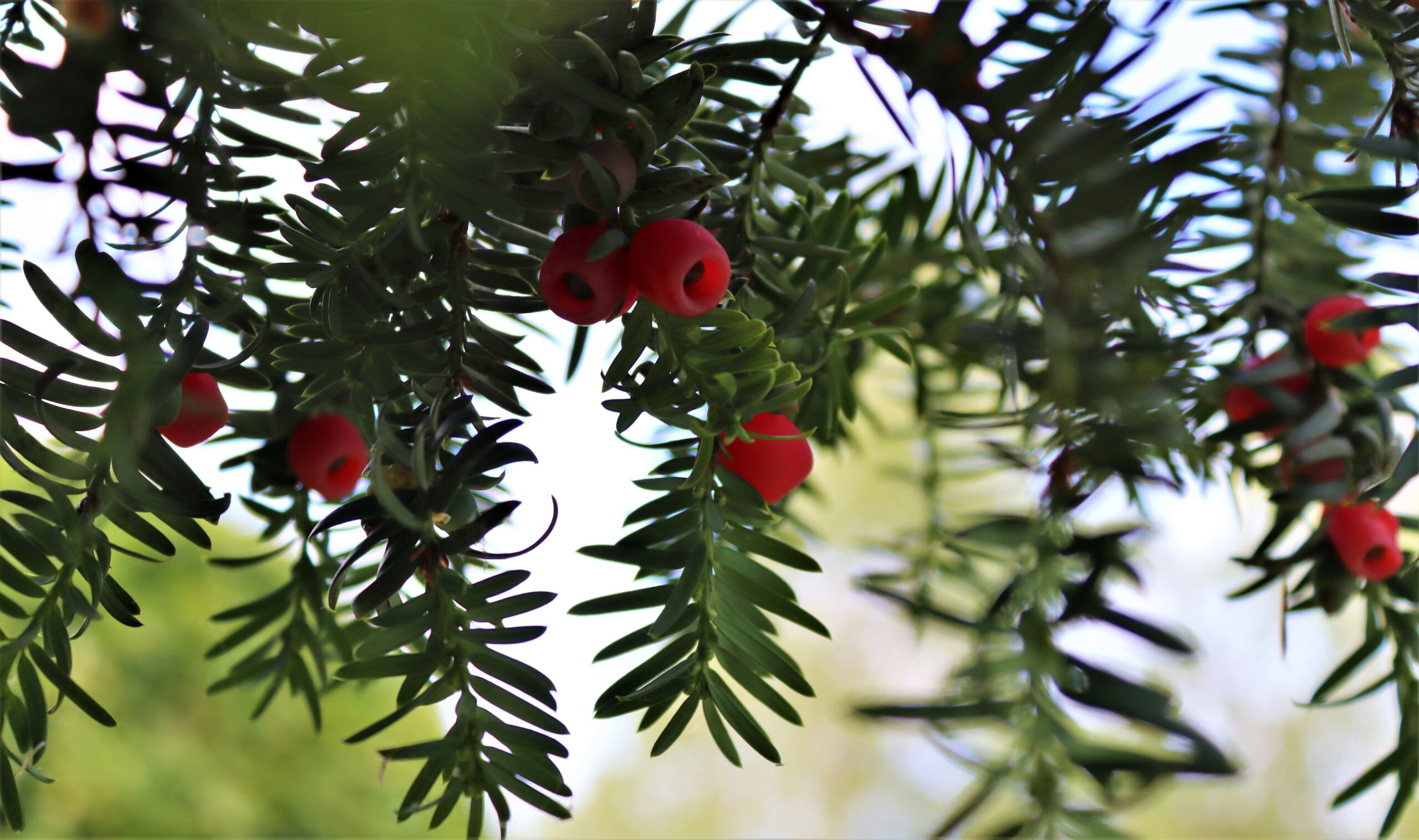Tree Information
Specialities
Tolerances
Wet Soil: High
Dry Soil: Medium
Lime: High
Alnus glutinosa, or, common alder, is a native tree that excels within difficult locations. It is particularly suited for wet clay areas prone to regular waterlogging. At the base of its trunk, it produces adventitious roots above the ground. These grow from the trunk down into the soil, stabilising both the ground and the tree within its location. On certain sites, it can appear like stilt roots propping the tree up. It has strong symbiotic relationships with many mycorrhizae, particularly Frankia alni. This beneficial bacterium attaches itself to the roots of the alder and further improves soil fertility with nitrogen. A perfect tree for erosion control and stabilisation of river banks and water course-ways.
Its roots grow deeper than that of the Italian Alnus. This allows its use not only in wetlands but also for urban applications where clay is the predominant soil structure. It is ideal selected for roundabouts where salt spreading may occasionally disperse over from the road into the tree locations.
These are interesting ornamental features that hangs compactly from the tree. The oval pear-shaped leaves are quite distinct with an indented tip rather than pointed. They are vivid green with deep attractive ridges that remain green until near the beginning of winter.
Visit our Useful Resources for in-depth guides
Discover guides to help you with specifying your trees, caring for your trees and understanding the weights and dimensions of trees.
Useful ResourcesSize
Small/Medium
10m high x 5m wide after 25 years
Canopy
Its canopy is conical in habit but also forms fantastic multi-stems which remain natural looking.
Foliage
Typical of trees growing near water, its leaves remain glossy green long into the autumn. As the Latin name glutinosa suggests, the leaf stalks and young leaves feel sticky with a resinous gum.
Flowers
Male yellow-brown sugar-puff toned catkins.
Resilience
Extremely hardy. It tolerates poor soil environments and thrives within wet, clay conditions which are regularly waterlogged for weeks at a time.
Wildlife
It feeds over 140 different species of insects, including butterflies and moths. Its catkins are an early source of nectar and pollen for bees.
Available As:
Semi-Mature, Super Semi-Mature, Multi-stem
Make an Enquiry
Enquire below and speak to one of our expert team. For trades only, for general public enquiries click here.
Find Trees For Your Project
View Our TreesSpeak to a Member of Our Sales Team
Make an Enquiry
